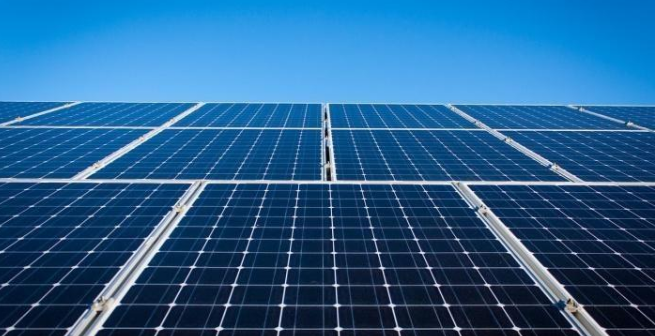"A friend told me that distributed photovoltaic and centralized photovoltaic do not know how to distinguish? Today I will focus on these two photovoltaic power generation projects, and talk to you!
1. First of all, let's talk about the concepts of these two photovoltaic projects.
Distributed small-scale grid-connected photovoltaic systems, especially photovoltaic building integrated power generation system, is the mainstream of grid-connected photovoltaic power generation in developed countries because of its advantages such as small investment, fast construction, small footprint and large policy support.
The centralized large-scale grid-connected photovoltaic power station means that the country uses the desert to build large-scale photovoltaic power stations, and the power generation is directly incorporated into the public grid and connected to the high-voltage transmission system to supply long-distance loads. Large-scale grid-connected photovoltaic power stations are generally national-level power stations whose main characteristics are to directly transmit the generated energy to the power grid and solar cables, which are uniformly deployed to supply power to users.

2. Differences, advantages and disadvantages between distributed photovoltaic power stations and centralized photovoltaic power stations:
Distributed photovoltaic power station: Mainly based on the surface of the building, solve the power problem of the user nearby, through the grid connection to achieve the power supply balance compensation and delivery. The advantages are as follows:
The photovoltaic power supply is at the user side, and the power supply is regarded as the load, which can effectively reduce the dependence on the power grid and reduce the line loss.
By making full use of the surface of the building, photovoltaic cells can be used as building materials at the same time, effectively reducing the footprint of the photovoltaic power station.
Effective interface with smart grid and micro grid, flexible operation, under appropriate conditions, can be independent from the power grid operation.
Centralized photovoltaic power station: make full use of abundant and relatively stable solar energy resources in desert areas to build large-scale photovoltaic power stations, and connect to high-voltage transmission system to supply long-distance loads. The advantages are as follows:
Due to more flexible site selection, photovoltaic output stability is increased, and the positive adjustment of solar radiation and electricity load is fully utilized.
The operation mode is more flexible. Compared with distributed photovoltaic, reactive power and voltage control can be more convenient, and it is easier to participate in the grid frequency regulation.
The construction period is short, the environment adaptability is strong, there is no need for water supply, coal transportation and other raw materials, the operation cost is low, convenient for centralized management, limited by space, can easily achieve expansion."